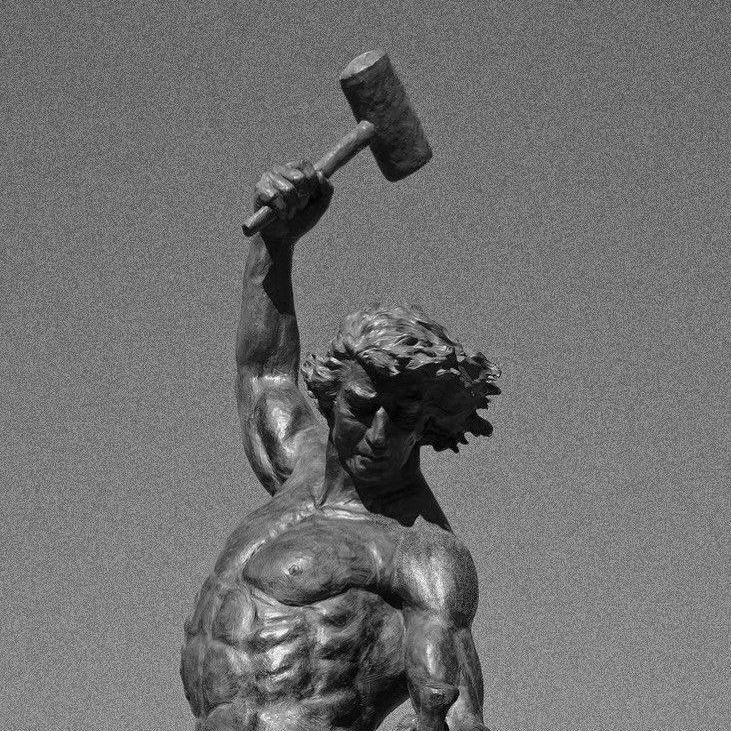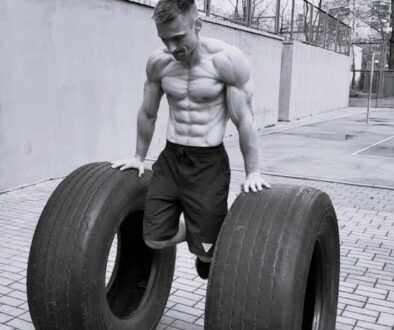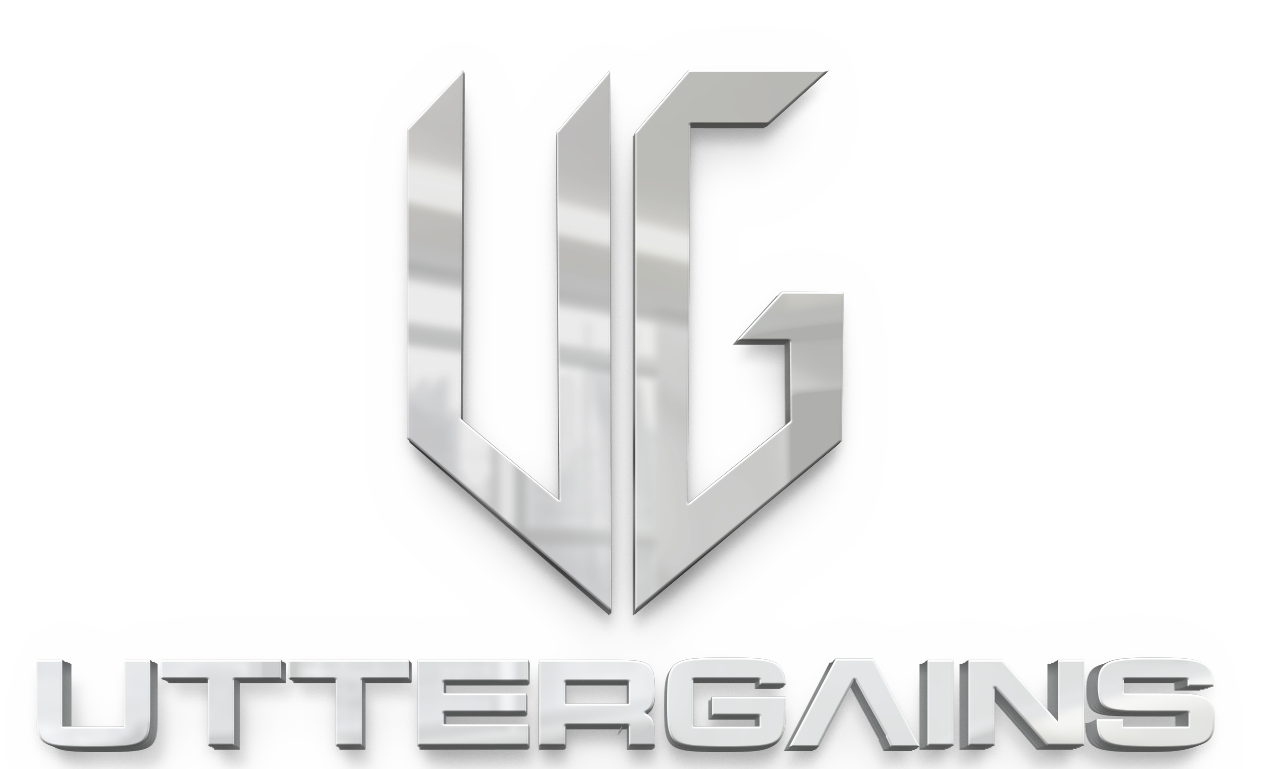How Bulking Hurts Your Calisthenics Transformation Progress

The Truth About Your Calisthenics Transformation: Why Bulking Might Be Hurting Your Progress
When embarking on a journey of transformation, many individuals look for the most effective methods to achieve their goals. A common pattern observed is that progress in calisthenics—using bodyweight exercises for strength and fitness—can fluctuate significantly. One crucial factor contributing to this fluctuation is not the training routine itself but eating habits, specifically attempts at bulking like bodybuilders.
Understanding the Problem with Bulking in Calisthenics
In the context of a calisthenics transformation, a common question that arises is how to effectively bulk to gain muscle. While bulking is a common approach in bodybuilding, it can be counterproductive for calisthenics enthusiasts. The reality is that any added weight, especially if it’s fat, can greatly impact performance in bodyweight exercises.
The American Council on Exercise (ACE) emphasizes that calisthenics is all about relative strength—the strength possessed relative to body weight. Adding unnecessary weight, particularly fat, makes it more challenging to perform moves that require agility and strength, like pull-ups or muscle-ups. In calisthenics, being lean and agile translates to better performance. Therefore, the cleaner the eating habits, the more successful the transformation will be.
Why Traditional Bulking Doesn’t Work
Traditional bodybuilding methods often involve consuming 300 to 500 calories above maintenance levels each day. While this technique may result in muscle growth for some bodybuilders, it typically leads to higher fat gain as well. According to research from Sports Medicine, excessive calorie intake results in a combination of muscle and fat gain, which can negatively affect bodyweight exercises like those in calisthenics.
Eating intuitively means listening to the body and consuming food based on hunger cues. By training hard and eating until satisfied, muscle growth can be supported over time without unnecessary weight gain. For a successful calisthenics transformation, this method is key. With patience and consistency, strength and lean muscle mass will gradually build.
The Pitfalls of the Bulking and Cutting Cycle
The cycle of bulking and cutting can lead to what’s known as a “perma-bulk,” where individuals find themselves in a constant state of gaining and shedding fat, never quite reaching the lean, functional physique needed for peak calisthenics performance. This cycle is a high-cost, low-return approach that can leave one frustrated with progress.
The Importance of Patience and Consistency in Calisthenics Transformation
A significant aspect of a successful calisthenics transformation is patience. Building strength and mastering skillful movements doesn’t happen overnight. The National Strength and Conditioning Association (NSCA) emphasizes that real strength gains in bodyweight exercises like calisthenics come from continuous effort over time, not from sudden increases in weight or size. Many who perform impressive calisthenics feats have been training consistently for years. It’s essential to recognize that progress comes from continuous effort over time.
Instead of relying on fast gains from traditional bulking, focus on developing absolute strength. This means concentrating on being strong relative to body weight, rather than simply trying to increase overall size. Every setback can be an opportunity to learn and improve the approach to fitness and nutrition.
Shifting the Focus: Building Strength Over Mass
In a calisthenics transformation, it’s crucial to realign goals. Instead of aiming for significant muscle mass increase, focus on enhancing strength, agility, and mobility. This shift in focus will make it easier to unlock new movements and skills without the added weight from traditional bulking.
By moving away from a calorie surplus mentality, an intuitive eating approach can be adopted—consuming healthy foods in moderation until satisfied. Remember, muscle growth is a slow process, but over time, the physique will transform positively, allowing for better performance and more refined skills.
Lean Bulking vs. Traditional Bulking in Transformation
Lean bulking involves consuming whole foods while matching caloric intake to daily output. This method keeps one lean and agile, which is paramount for anyone involved in calisthenics. It emphasizes quality nutrition rather than mindless overeating.
The Role of Whole Foods in Calisthenics Transformation
In the pursuit of a successful calisthenics transformation, prioritizing whole foods over processed options is essential. Whole foods provide the nutrients required to recover properly and perform optimally. Consuming a balanced diet rich in vegetables, fruits, lean proteins, and healthy fats will naturally lead to consuming enough calories without surplus.
By adhering to this nutritional strategy, the energy needed for rigorous training is maintained. Additionally, recovery is supported, ensuring that one remains both lean and fit. This approach improves calisthenics performance, allowing for the execution of moves with greater skill.
The Influence of Bodybuilding on Calisthenics
In today’s social media-driven world, there’s often confusion between bodybuilding and calisthenics, mainly fueled by the online fitness community. Many individuals employ calisthenics as a strategy to gain muscle, mimicking bodybuilders’ methods. However, this approach may not yield optimal results for everyone. The Journal of Sports Sciences highlights that calisthenics requires different strategies than bodybuilding due to the emphasis on functional movement and relative strength, rather than sheer mass.
It’s essential to recognize that many of the visibly muscular individuals performing advanced calisthenics may have other means of achieving their physique, such as the use of performance-enhancing drugs or steroids. Achieving a similar look without those substances takes time, effort, and a focus on proper nutrition and training.
Embrace the Journey of Calisthenics Transformation
It’s crucial not to be discouraged by unrealistic standards set by others. Understand that embarking on a calisthenics transformation is a journey influenced by dedication to improving every aspect of fitness, including body composition. The goal should be to become more athletic and fit rather than simply increasing size.
In summary, as one pursues a calisthenics transformation, remember that bulking like traditional bodybuilders might not serve well. Instead, embrace a holistic approach to training and nutrition, emphasizing strength, agility, and patience. With time, consistency, and the right mindset, potential will be realized, showcasing the extraordinary capabilities of the body.



